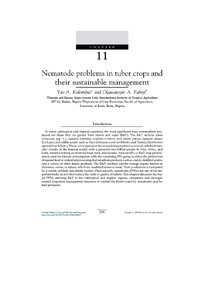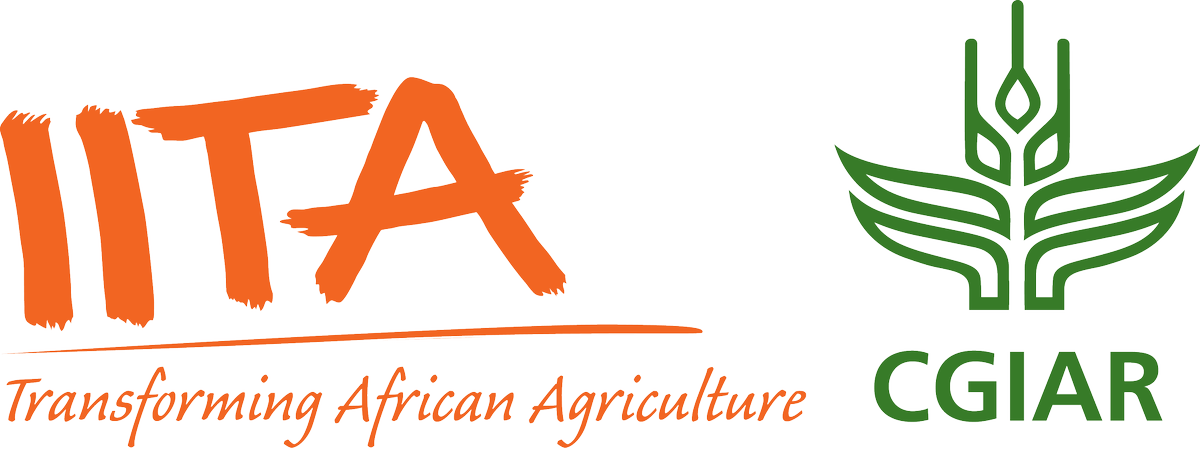Welcome to the International Institute of Tropical Agriculture Research Repository
What would you like to view today?
Nematode problems in tuber crops and their sustainable management

View/
Date
2023Author
Kolombia, Y.A.
Fabiyi, Y.
Type
Review Status
Peer ReviewTarget Audience
Scientists
Metadata
Show full item recordAbstract/Description
In many subtropical and tropical countries, the most significant food commodities produced are those that are grown from tubers and roots (R&T). The R&T include yams (Dioscorea spp. L.), cassava (Manihot esculenta Crantz), and sweet potato (Ipomoea batatas (L.) Lam.) and edible aroids such as Taro (Colocasia esculenta Schott.) and Tannia (Xanthosoma sagittifolium Schott.). These crops represent the second-largest global source of carbohydrates, after cereals, in the tropical world, with a projected two billion people in Asia, Africa, and Latin America relying on them for food, feed, and income. Around 45% of R&T crop production is used for human consumption, with the remaining 55% going to either the production of animal feed or industrial processing that results in products such as starch, distilled spirits, and a variety of other minor products. The R&T produce starchy-storage organs known as rhizomes, corms, or tubers, which are modified stems or roots. Their production is hampered by a variety of abiotic and biotic factors, including plant-parasitic nematodes (PPNs) that reduce the yield or quality. This chapter discusses the major PPNs affecting R&T in the subtropical and tropical regions, symptoms and damages caused, long-term management measures to combat the threat posed by nematodes, and future prospects.
https://doi.org/10.1016/b978-0-323-91226-6.00023-7
Multi standard citation
Permanent link to this item
https://hdl.handle.net/20.500.12478/8309Digital Object Identifier (DOI)
https://doi.org/10.1016/b978-0-323-91226-6.00023-7
